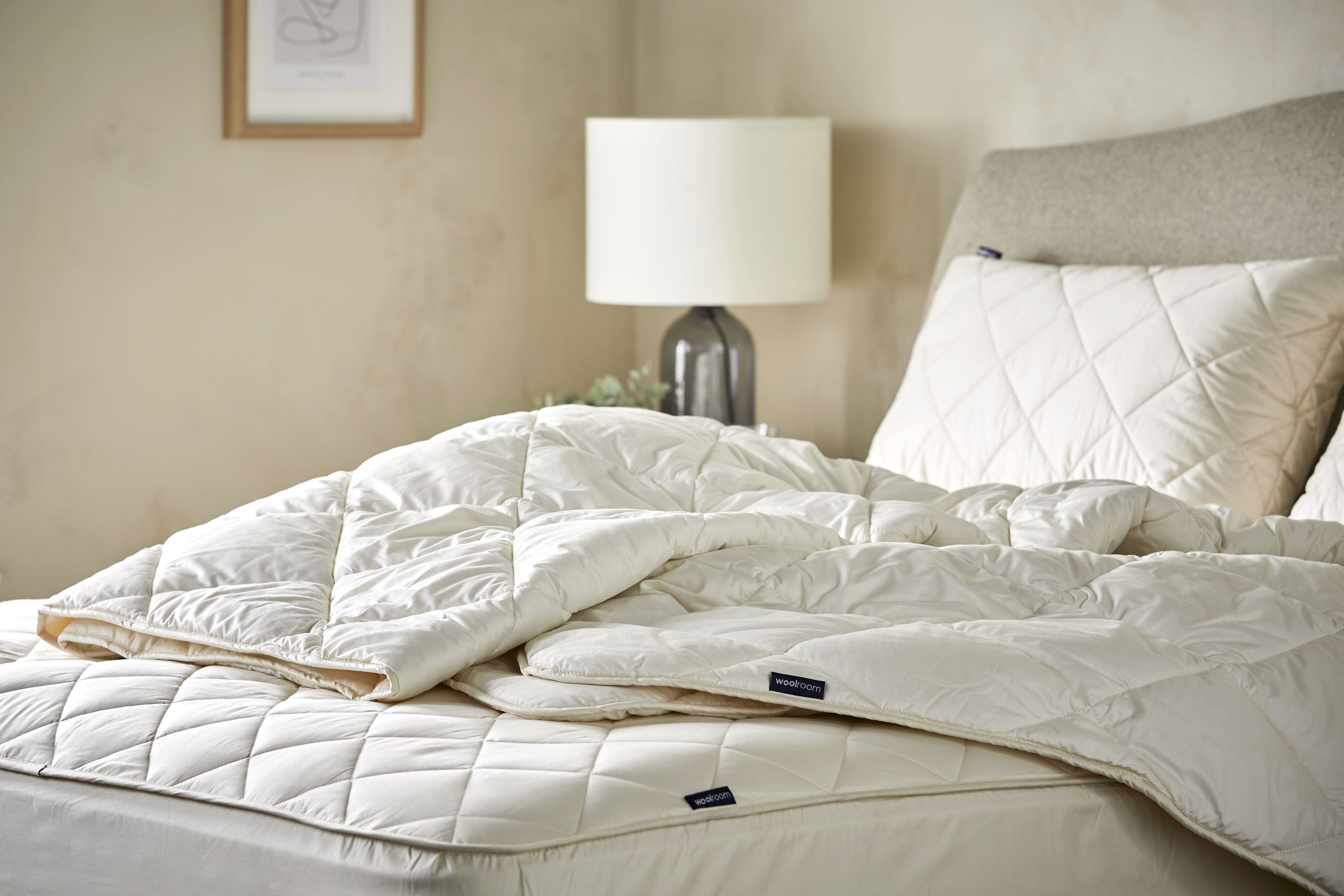How often should you replace duvets and pillows?
You might be surprised by the answer, says Sam Wylie-Harris.

Your support helps us to tell the story
From reproductive rights to climate change to Big Tech, The Independent is on the ground when the story is developing. Whether it's investigating the financials of Elon Musk's pro-Trump PAC or producing our latest documentary, 'The A Word', which shines a light on the American women fighting for reproductive rights, we know how important it is to parse out the facts from the messaging.
At such a critical moment in US history, we need reporters on the ground. Your donation allows us to keep sending journalists to speak to both sides of the story.
The Independent is trusted by Americans across the entire political spectrum. And unlike many other quality news outlets, we choose not to lock Americans out of our reporting and analysis with paywalls. We believe quality journalism should be available to everyone, paid for by those who can afford it.
Your support makes all the difference.Once you’ve lugged a bulky new duvet and set of pillows home, chances are you’re not in any rush to replace them.
That would be an extra expense, when you might prefer to invest in a lovely new duvet cover instead.
Well, according to the experts, you might want to refresh your bedding more often than you think.
Pillow talk
“Generally, you will be able to tell when it’s time to replace your pillow, however I always recommend replacing them every one to two years,” says Chris Tattersall, sleep expert and managing director at Woolroom (thewoolroom.com).
“They get worn out surprisingly quickly, as on average, the pillow does its job for 2,500 hours a year (around 100 days).”
He says certain types of pillows last longer than others, due to the materials used in production. For instance, antimicrobial textiles like linen, wool, and hemp offer natural defence against bacteria, mildew, mould, and other microbes.
Fabio Perrotta, director of buying at Dreams (dreams.co.uk), agrees: “To get the most out of your pillows, it’s advised to replace them at least once every two years.
“This is because over time there will be a build‐up of dust mites and the pillow is most likely to have lost a lot of its elasticity, meaning it won’t provide adequate support.”
Duvet days
Perrotta suggests duvets should be replaced every two to five years. There are ways to try and extend the length of a duvet’s life – such as using a protector, which can be washed to protect from stains and dust mites.
Tattersall says: “Duvets should be replaced roughly every five years. Like pillows, if they are filled with more natural fibres, they needn’t require replacing so often, eg. wool is self-cleaning. Moreover, having a washable duvet or pillow will save the need for regular replacing.”
How do you know when it’s time for a change?
There are several ways to tell it’s time for a new pillow, suggests Tattersall. “The obvious traits include it starting to smell, turning yellow and stains on the pillow – this will be from sweat.
“Alternatively, your pillow may begin to cause you discomfort with neck or shoulder aches, leading to headaches.”
He says you can test if it’s time for a new pillow by folding it in half and letting go – if it remains folded, the pillow needs replacing, as the filling has lost its support, and will not ‘spring’ back.
“With duvets, if they feel thin and limp due to the filling being compressed, this can mean they are unable to trap air and maintain your body temperature correctly,” explains Tattersall.
“Similarly, the filling being unevenly spread – which will happen naturally or after a few too many washes – or leaking out indicates it’s time for a refresh.”
Why is it important to replace your bedding?
“Every night our bodies shed hair, dead skin, and body oil that your bedding absorbs, and these combined with natural perspiration create the perfect environment for dust mites,” notes Tattersall.
He says this could impact those with asthma, and could lead to irritated eyes, a runny nose and disrupted sleep.